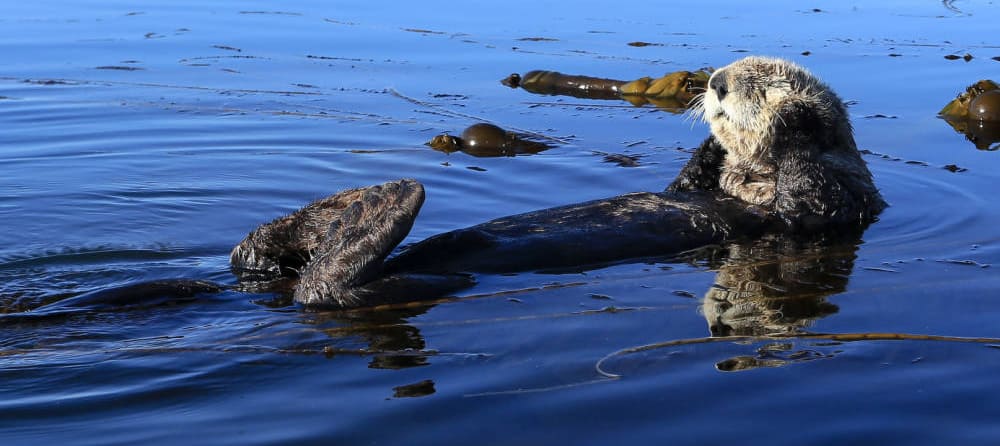Share this article
To solve sea otter riddle, researchers look to archaeology
It’s a mystery of reintroduction. When Alaskan sea otters were moved from a nuclear testing site in the Aleutian Islands to the coasts of Washington and Oregon, the two translocated populations had very different results. The otters moved to Washington endured. The ones moved to Oregon disappeared. Did they swim off, or did they die off?
To try to answer the question, scientists turned to techniques from archaeology. They wanted to see if this northern subspecies of otter was too different from their fur-bearing forbears on the Oregon coast, or if managers should be translocating California otters there instead.
Looking at otter teeth found in archaeological sites associated with the Clatsop and Tillamook groups, researchers extracted genetic material to see what they could find. In a paper published in Proceedings of the Royal Society B, they concluded that both northern and southern otters once occupied the shores, and reintroducing Alaskan otters should be appropriate.
The findings will help inform efforts to bring back Oregon’s sea otters. If both California and Alaskan otters are brought in, Shawn Larson, a conservation biologist at the Seattle Aquarium, told the New York Times, “then as the populations grow, they’ll merge, and now we’ll have a connected group that is basically continuous from southern Oregon all the way up to Russia. Which would be awesome.”
And, researchers say, it would be just like old times.
Read more from the New York Times.
Header Image: Northern sea otters weren’t strangers to the Oregon coast, researchers found. Credit: Lisa Hupp/USFWS








